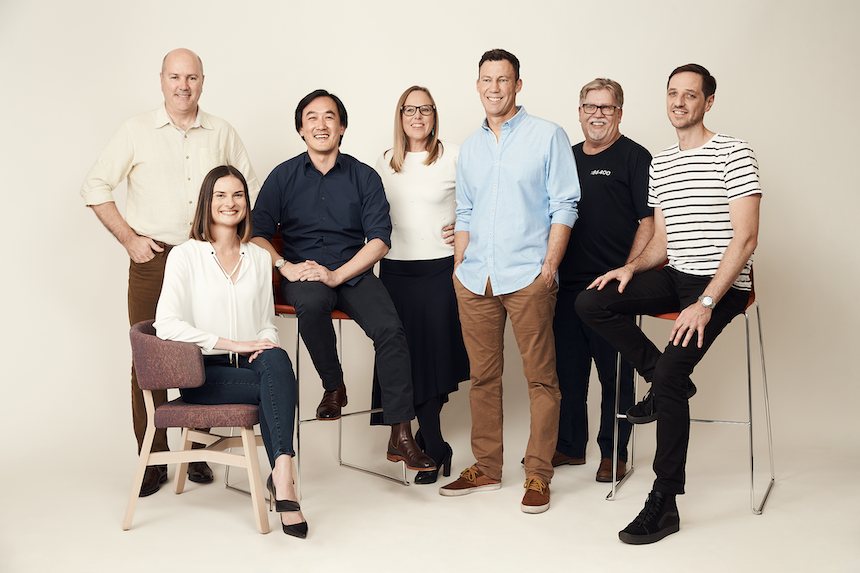- A string of neo banks in Australia is about to find out whether they can successfully wrest customers and get a share from the big four
- 86 400 will be open broadly to the public and will be raising its first capital round later this year.
- One of the first to launch a fully functioning current and transaction account and will be launching home loans in a couple of months’ time
A string of neo banks in Australia is about to find out whether they can successfully wrest customers and get a share from the big four which control more than 80% of the retail financial services industry. The latest ‘smart bank’, 86 400, has been granted a full Authorised Deposit-taking Institution (ADI) licence by the Australian Prudential Regulation Authority (APRA) in July after spending over 2 years of work. It follows competitors such as Volt and Judo which have already arrived in Australia and received prior approval. A fourth challenger, Xinja, is operating on a restricted licence and expects to be granted full ADI status within this year.
The full banking license for 86 400 represents a significant milestone for the neo-bank on the path to broader public launch. The bank, whose name is based on the number of seconds in a day, has been in beta testing for about six months with a selected group of users updating the app more than 30 times.
“We are taking a measured approach in inviting customers on our white list to join us before opening up broadly in a few weeks,” said Robert Bell, CEO of 86 400 who previously worked for ANZ and Cuscal. While Bell doesn’t want to put numbers on users, he is eyeing the more than 8 million Australians predominantly using mobile banking as a key target market.
Designed as a digital bank, Bell emphasised that their focus is squarely on retail banking customers. They are not focusing on SME banking, and the bank has no plans introducing credit cards. At the same time, he made clear that in the initial stage, he is confident 86 400 will be able to attract customers organically without entering a business to business to consumer model tying up with other platforms.
Usability and customer experience key in customer engagement
“We are more concerned about what the feedback on the app is, what the experience is like, and a big measure for us is whether people find the experience helpful and how they are prepared to recommend us to other people. These are the two most important metrics in the early stages of our launch,” shared Bell.
The bank is already online with the full range of payments options including Apple Pay, Google PayTM and Samsung Pay, Fitbit Pay and Garmin Pay.
“We are one of the first to launch a fully functioning current account. Typically a normal (traditional) bank would start with a prepaid card or a savings product, but we have gone out with a fully functioning savings account and will be launching home loans in a couple of months’ time,” Bell added.
He went on to say that onboarding experience takes under two minutes to have a fully transactional and savings account. “You can partake in the payments network in Australia, you can put money in your account straight away, and you can provision a virtual debit card by Apple Pay, and you can start tapping your phone and spending in less than three minutes.”
“We are not only allowing customers to see all their banks and balances from other banks to give them a better understanding of their money, but we are also helping them to look forward rather than looking backwards. Banking has always been about giving customers a history of what happens in the past.”
One of those features will be how much money they can earn on interest by putting in a certain amount of funding.
 Robert Bell, third from right, with the 86 400 executive team
Robert Bell, third from right, with the 86 400 executive team
Ownership and funding
Despite 86 400 being a subsidiary of Cuscal, a non-listed public Australian payment processing company that provides financial services for building societies and credit unions, the digital bank has its independent board and separate office premise. “We are 100% funded by Cuscal, but we have been engaged with our first capital rising which we expect to happen towards the end of this year .”
Depending on traction in particular in the mortgage business, 86 400 wants to raise $ 250 million in funding to cover the first three years of operation.
The backbone of the technology architecture was integrated by a team of 40 in-house engineers making up half the workforce, by using multiple cloud providers – as per APRA requirements, its data action core banking platform and payments processing system by Cuscal, while the customer experience engine is another crucial point of difference, according to Bell.
Responding to the market sceptics that neo banks may have a hard time to break into the turf of the big four, Bell said that his general sense is that Australians are open to having a new different banking experience. “They haven’t seen a true smart bank before, and we believe they are really open to trying.”




All Comments